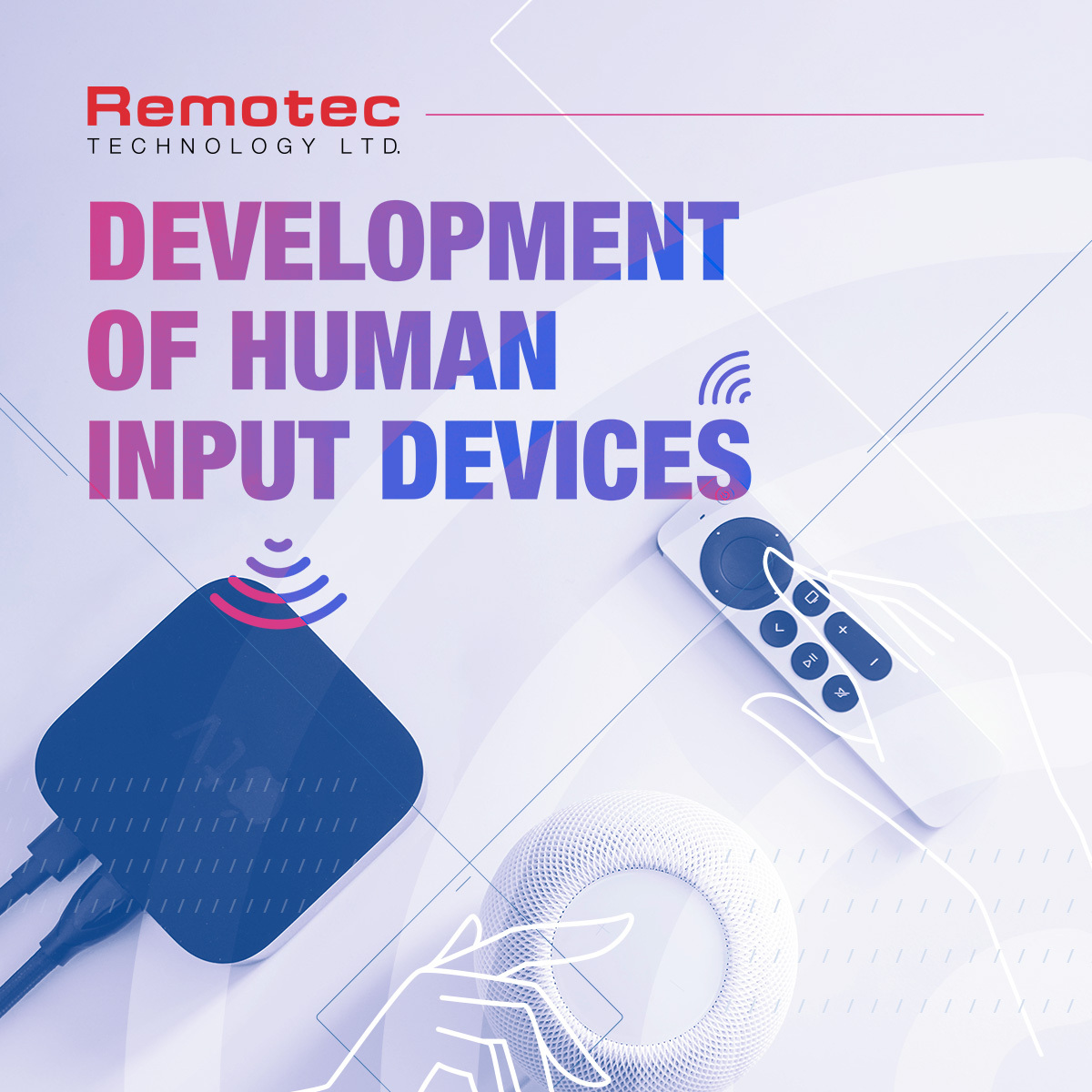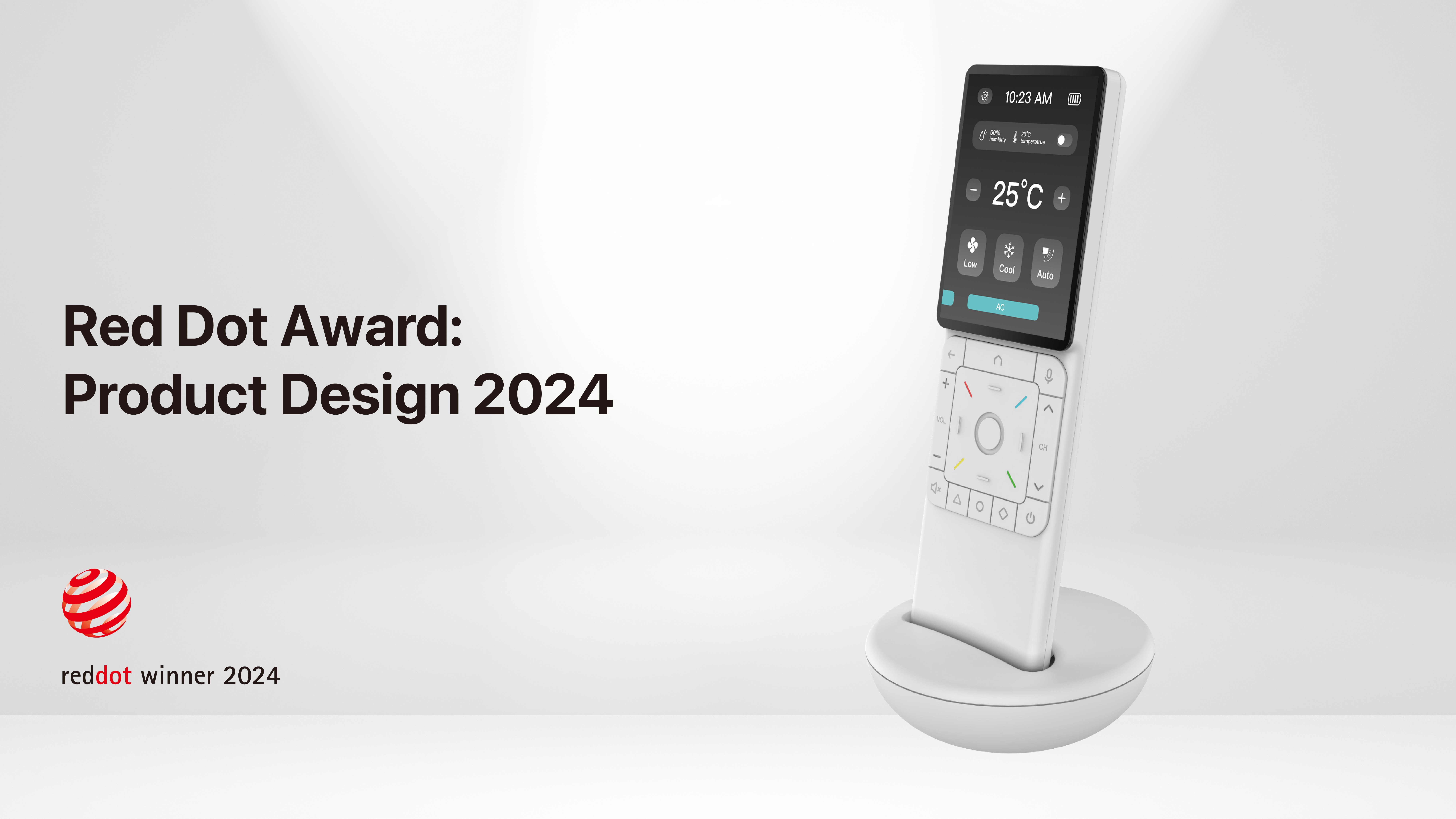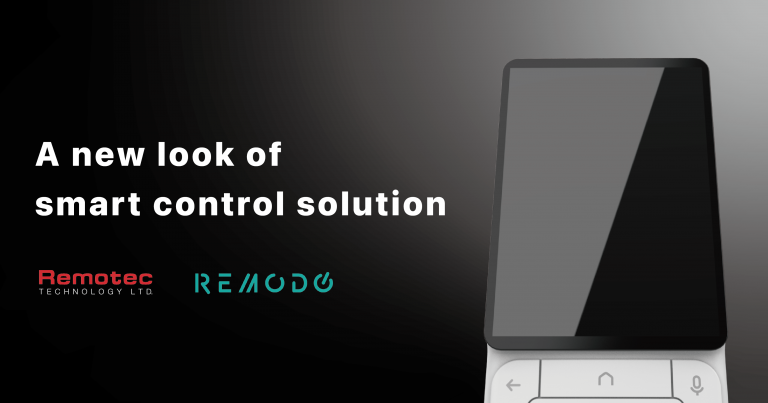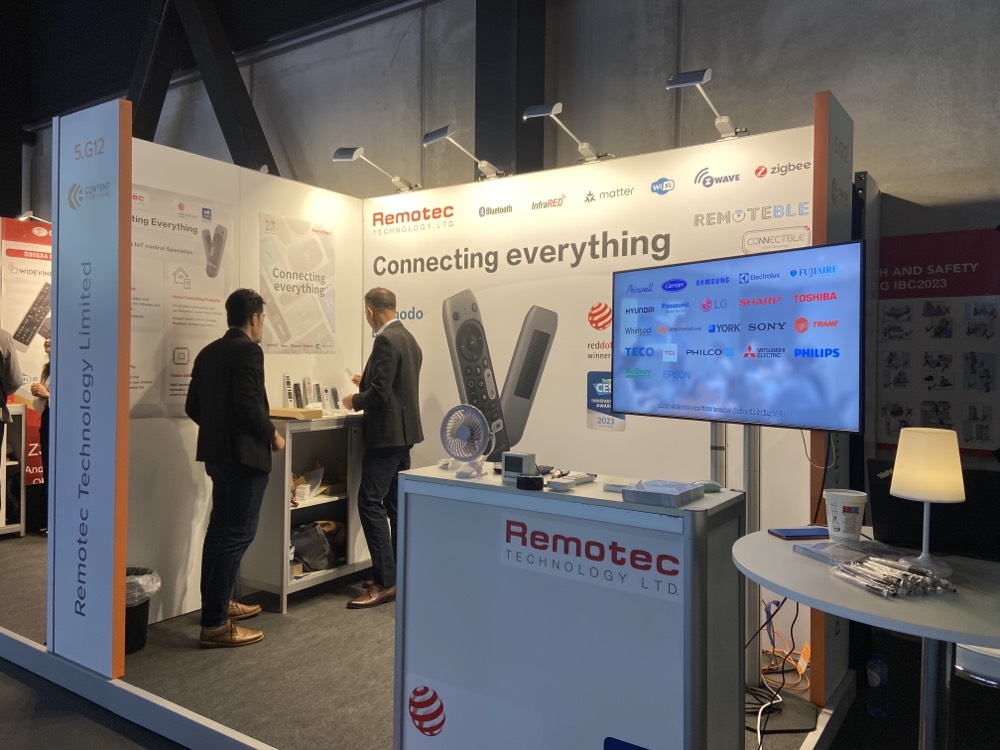This is a series of four articles that describe the history and a glimpse of the future of HID for smart home use.
By Daniel Chun & Dasam Singh
In this article, we will explore how our living room became the test bed for technologies since the early days of broadcast radio and television especially when it comes to entertainment, gaming and audio-visual control. As entertainment and technologies continued to advance, our living room was required to accommodate all sorts of different remote controllers, keyboards, mouse’s, and even smart speakers.
According to Research and Markets’ mid-2021 forecast, the global keyboard market is expected to grow from $100.96 billion in 2020 to $110.73 billion in 2021 at a compound annual growth rate (CAGR) of 9.7%. The first thing we can think of, is the notion that despite the growth of smart AI technologies with voice recognition and sensors, the keyboards and remote controllers continue to experience stellar growth — “The market is expected to reach $131.56 billion in 2025 at a CAGR of 4.4%.”
Source: Pexels — a snapshot of the type of Human Input Devices
In this category, a few important terms come into play — including Man-Machine Interfaces (MMI) which is also commonly described as Human Computer Interaction (or HCI) by scholars and engineers. There are also some other acronyms such as the Human Input Devices (HID) interfaces that describe the communications on how a human has to interact with a computer host system (as input). HID was originally defined for the computer industry. In essence, the hardware and software combination have been extended to cover a lot more use cases — hence the development of a HID standard. HID also has its own wiki definitions (link) covering more than just PC and the operating system and these include our smart TVs, OTT boxes, tablets, smartphones and virtual reality controllers. As a standard interface to communicate between the host devices and the input devices — A keyboard, a virtual keyboard, a joystick, a mouse, a touch screen and a remote controller are all input devices that fits this category of human input. Currently, the HID interfaces have been adopted by many peripheral standards like USB, Bluetooth HID, ZigBee RF4CE HID, Serial HID, HID over I2C and HID over GATT.
Remotec controllers anyone? There is an app for it.
Before the smart home industry and the computer industry converge, the TV industry is categorically perceived as consumer electronics (just like the video players, DVD, Blue-Ray disc players, sound systems, etc.) all of which require human input for controls — in the form of remote controllers. With modern features and requirements, the TVs are no longer just for displaying the content as a screen, but many are armed with serious computing power that allows them to run their own operating systems and even download applications. This trend however has recently reversed with the proliferation of the Over-the-Top (OTT) streaming box or streaming sticks like Roku, Google Chromecast, Android TV variants which have filled our living room.
This industry further evolved and followed its own footsteps into the living room with multiple entertainment appliances and multiple remote controllers. Handheld infrared-based remote controllers therefore became the world’s gold standard for consumer electronics. A class of remote controllers known as Universal Remote Controllers (URC) now also become a class of its own. Even when computer companies like HP, Compaq and Microsoft proposed the concept of their vision of home computing operating system-based on the now defunct Windows 7/Vista with the multimedia media center (a.k.a. MCE), vendors like HP even shipped an infrared remote (IR) controller and receiver for easy input control.

Source: HP support website
TVs are usually shipped with remote controllers (Source: Pexels)
The Living Room’s 10-foot 10-inch experience
While the TV is almost always shipped with a handheld remote controller (using Infrared, Bluetooth or Zigbee RF4CE), a computer is almost always better to be shipped with a keyboard. With the recent last 20-years of development in the touch-input, the ability to use our fingers to interact with screens is now seen as the prime interface for tablets, smartphones and other smart devices. This has transformed the 10-inch experience as humans are now interacting in a close proximity to the appliance or entertainment devices. This disruption has also led to a branch off the mainstream that these smartphones, tablets and related mobile apps could also play a role in replacing remote controllers, keyboards and mouse for the 6-inch experience. There has been always a debate on how best to provide the home users a better experience in controlling the different appliances. Besides the 10-inch experience, there is also a narrative around the 6-foot experience — imagine having to provide input (HID control commands) to control appliances that are placed at a distance. There is also a Wikipedia on this similar notion called the 10-inch 10-foot user interfaces. https://en.wikipedia.org/wiki/10-foot_user_interface
The New Age of Voice
When we speak of new experimental consumer experience in controlling various appliances in our living room, there was a wave of smart speakers that started to proliferate around the year in 2016 with Alexa, Ok Google and Siri (in western counties). At that point, the Chinese giants like Tencent and Alibaba had also designed their own AI voice recognition and hardware speakers that could become the “smart agent” of the home — our living room. This has somewhat changed the landscape in terms of user experience and the way HID has been used for controlling appliances. In the next articles, we will also explore this phenomenon.
Please bookmark, like and share this article. In the next article, we will investigate the role of our voice input and the challenges associated with the implementing HID using voice.
References
About Remotec Technology Limited
Remotec Technology Limited is a 30 year old technology company that has been providing unique HID+ solutions for brands and international customers including remote controllers, IP, database library and chipsets solution.
About the Authors
Daniel Chun is the Board Director and former CEO at Remotec Technology Ltd, now chairing special innovations committee at Fufa Ventures. Daniel holds multiple patents and is a Chartered Engineer and supports the implementation of ubiquitous HID user experience. Dasam Singh is the product marketing specialist at Remotec Technology Ltd and handles the product development of the HID+.






